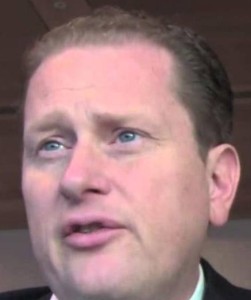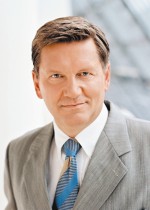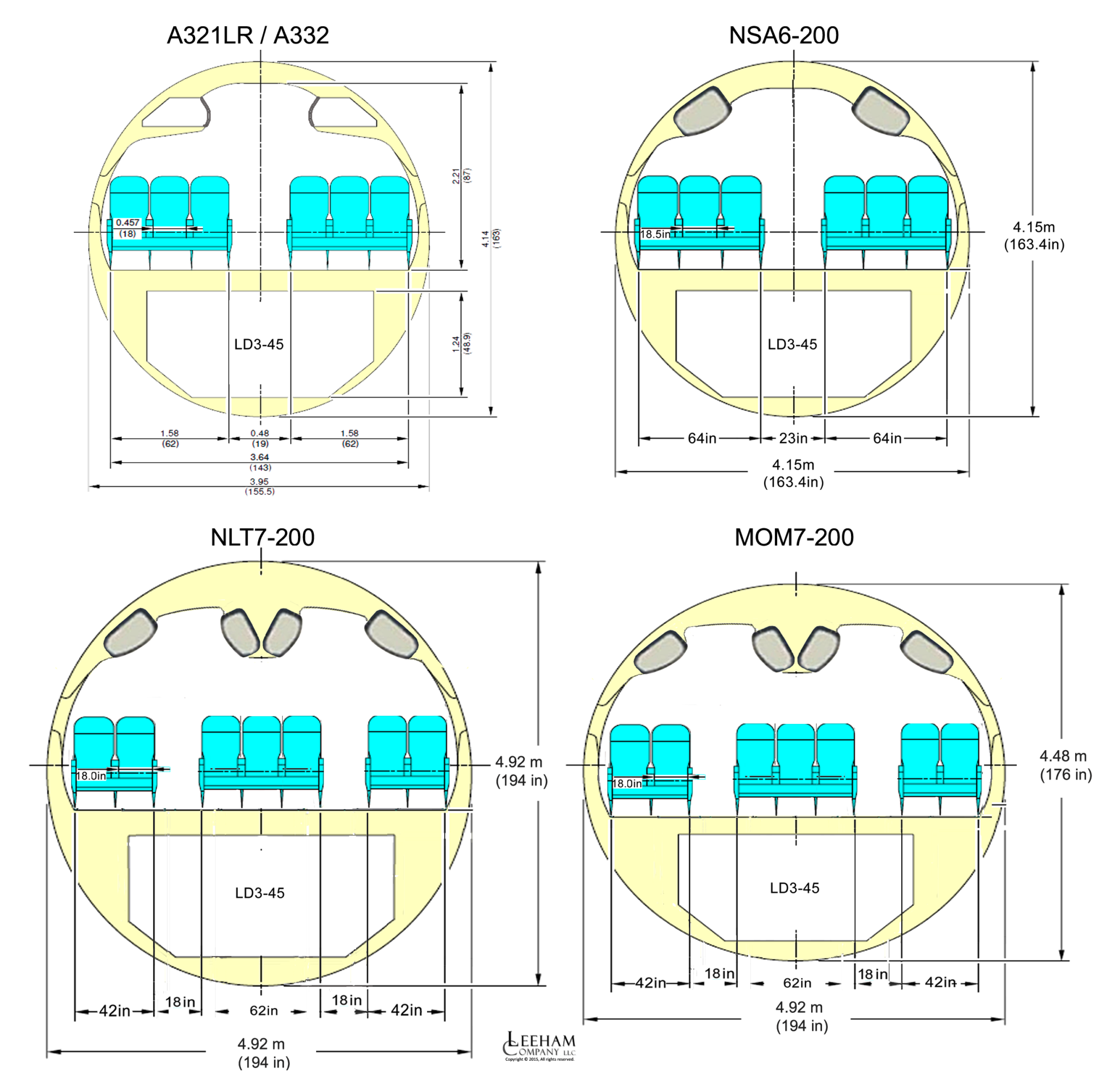Leeham News and Analysis
There's more to real news than a news release.
Leeham News and Analysis
- Air India Flight 171 Preliminary Crash Report Is Unclear Regarding Pilot Actions
- Bjorn’s Corner: Air Transport’s route to 2050. Part 30.
- It’s official: MTU’s engine leader named CEO of Airbus Commercial from Jan. 1; future of Open Fan and A220-500 shifts to him
- Embraer E2: Where will the orders come from?
- US Transpo Secretary supports zero tariffs on aerospace, but change isn’t assured
Bjorn’s Corner: Intro, LCC long range and CFM’s LEAP
March 19, 2015: This is the first version of my Corner where I will comment on the aeronautical world as I see it. It will be a mix of tech things (I am an engineer) and my view on things from my European vantage point. Enough on reason and style; lets get started.
LCC goes long range: After AirAsiaX and Norwegian, now Ryanair is going long range, according to Irish Times (or not; the latest news from Robert Wall of The Wall Street Journal is that the board has not approved a long range business plan).
Be that as it may with Ryanair, the key thing is that what happened to the majors on short haul is about to hit them on long haul as well. Short haul LCCs brought about a change in airline economics and in single aisle aircraft. The LCCs, followed by Ultra LCCs, started the trend to denser and denser configurations where the latest trends are sub 29 inch pitch slim-seats and lavatories that started at 37 inch getting slimmed to 31 inch. It has also brought about changes in galleys and emergency exits configurations, all leading to aircraft with higher and higher capacities.
Posted on March 20, 2015 by Bjorn Fehrm
Bombardier changing the message on the Q400 to emphasize flexbility
March 19, 2015: C. Leeham Co. Bombardier’s current challenges don’t end with the CSeries. The company has seen its once-dominate positions in the regional jet and turbo prop markets decline precipitously.
The CRJ struggles in its sales against the Embraer E-Jet. The Q400’s market share of the turbo prop sector has declined to a mere 10% of the backlog vs ATR.
Still, Ross Mitchell, vice president of Business Acquisition and Commercial Aircraft for Bombardier, gave a spirited defense and upbeat outlook of both products during last week’s ISTAT conference in Phoenix. In a one-on-one interview the next day, we posed a series of questions about the CRJ and the Q400. Today’s report is about the Q400. Tomorrow’s will be about the CRJ.
Posted on March 19, 2015 by Scott Hamilton
Redefining the 757 replacement: Requirement for the 225/5000 Sector, Part 6.
By Bjorn Fehrm
Subscription required
Introduction
18 March 2015, c. Leeham Co: In Part 1 of of this series we investigated the market sector 225/5000, which is our name for the market segment beyond the capacity of single aisles A320 and 737 aircraft. Boeing calls this Middle Of the Market, MOM, and is studying which aircraft type would best cover this segment.
In Part 5 of the series we concluded that beyond 220 seats a dual aisle aircraft can be competitive as it can increase utilization due to shorter ground turn-around time. We now conclude the investigation by looking at what Airbus response can be based on a further developed A320 and how it would stack up against optimized seven abreast dual aisle alternatives from Boeing’s MOM study, one of these using Boeing’s patented elliptical fuselage, Figure 1.
Summary
- The rational further stretch of Airbus A321LR is a re-winged/re-engined A322 with 30-40 more passengers, or five to seven additional rows.
- We compare this development with optimized models from our MOM studies and the A321LR.
- For the comparison we focus on efficiency in weight, drag and fuel for the different alternatives. How competitive will a stretched A321 be and how close in weight and drag comes an elliptical MOM model?
Posted on March 18, 2015 by Bjorn Fehrm
Rebuilding confidence at Bombardier
Subscription Required
- This week the Malay government announced an order for 20 CSeries CS100s. for a new airline.
Introduction
March 17, 2015: c. Leeham Co. Turmoil at Bombardier, both financial and with the departure of several key personnel, caused a crisis in confidence among customers and shareholders. The stock price took a tumble and some Canadian aerospace analysts, and the few on Wall Street who also follow the stock, have become increasingly pessimistic. Leeham News and Comment published a long analysis after Ray Jones departed Bombardier Commercial Aircraft in a surprise move, the latest in a series of top-level departures at the unit. Market reaction was decidedly negative.
CEO Pierre Beaudoin stepped up February 12 to executive chairman, relinquishing the chief executive title of Bombardier to Alain Bellemare, a veteran of Pratt & Whitney whose appointment was generally well received.
Still, customers we talked with continue to be cautious. One has a wait-and-see about what Bellemare will be able to achieve, and how soon. This customer believes Bellemare has until the Paris Air Show in June to show some tangible progress.
Another customer was considerably more upbeat, viewing the appointment as a major change in the company for the better.
Canadian analysts were positive about the management changes, in part because the market has lost confidence in the Beaudoin management and in part because Bellemare and his PW experience are viewed as heavy-weight.

Ross Mitchell, vice president of Business Acquisitions and Commercial Aircraft, Bombardier. Source: Fleigerfaust.
We sat down with Ross Mitchell, vice president of Business Acquisitions and Commercial Aircraft for Bombardier, at the ISTAT conference last week in Phoenix for a wide-ranging interview. Here is Part 1.
Summary
- Bombardier needs to restore confidence in the market after all the turmoil. How will this be accomplished?
- Will Alain Bellemare have the flexibility and freedom to do what needs to be done?
- Organizational restructuring has already made some progress.
- The financings are a positive.
Posted on March 17, 2015 by Scott Hamilton
Pontifications: USA to the World: “We want to fly everywhere. Period.”
- Two of the Big 3 Middle Eastern carriers launched a PR counter offensive in Washington DC today. Below are my thoughts.
I haven’t weighed in on the current battle between the Big 3 US airlines and the Big 3 Middle Eastern carriers because it’s largely beyond the scope of LNC. But I like commercial aviation history, so I thought I’d bring up a little.
In the era immediately post-World War II, when third, fourth and fifth freedom rights were being negotiated between the US and the Rest of the World, there was a member of Congress, Claire Luce Booth of Connecticut, summed it up nicely: “American postwar aviation policy is simple. We want to fly everywhere. Period.”
Posted on March 17, 2015 by Scott Hamilton
Airbus, Airlines, American Airlines, Boeing, Delta Air Lines, Frontier Airlines, United Airlines
Air France, Allegheny Airlines, American Airlines, Delta Air Lines, Emirates Airlines, Etihad Airways, Frontier Airlines, KLM, Mohawk Airlines, Ozark Airlines, Pan Am, Qatar Airways, Robert Crandall, TWA, United Airlines
Leahy on 737-8ERX and the prospect of an “A322”
March 16, 2015
737-8ERX: John Leahy, chief operating officer-customers at Airbus, not surprisingly doesn’t think much of the concept Boeing is showing airlines, the 737-8ERX.
“Boeing is getting more and more desperate,” Leahy claimed in a telephone interview we had with him last week. “Boeing is talking the ‘sweet spot.’ They only have one airplane. There isn’t that much of a market at the bottom of the market. I know they are playing around with how do they answer the A321LR. Their answer is focusing on range. There’s no place for bags [in the 737-8ERX], you’re a flying fuel tank. We had to play around quite a bit [to put bags in the A321LR]. If that’s the best they can do, they have a serious problem on their hands.”
Posted on March 16, 2015 by Scott Hamilton
This is a pivotal year for the A380 as Airbus considers neo, PIPs
Introduction
March 15, 2015: This is a pivotal year for the future of the Airbus A380.
Tim Clark, the president of Emirates Airline, increased the pressure for development of an A380neo when he said he’d buy up to 200 of the prospective re-engined airplane, potentially doubling the number of neos he previously said he’d buy.
It was widely expected that if Airbus proceeds with a neo, Rolls-Royce will provide the engine. Market Intelligence, however, indicates development of the Advance engine may be running into challenges. Airbus is now talking with Engine Alliance about upgrades to the GP7200.
Summary
- Customers take wait-and-see approach to prospect of a New Engine Option.
- Mixing engine types a consideration for some.
- Some at Boeing quietly rooting for Airbus to proceed.
Posted on March 15, 2015 by Scott Hamilton
Airbus, Boeing, Engine Alliance, GE Aviation, ISTAT, Pratt & Whitney, Premium, Rolls-Royce
737 MAX, 737NG, 777-300ER, 777-9, A320ceo, A320NEO, A330ceo, A330neo, A350-1000, A380, Airbus, Boeing, Emirates Airline, Engine Alliance, GE Aviation, GP7200, John Leahy, Pratt & Whitney, Rolls-Royce, Rolls-Royce Advance engine, Tim Clark
Pontifications: From the sidelines of the ISTAT conference, Notes #2
March 13, 2015: More Notes from the sidelines at the ISTAT conference this week in Phoenix.
Boeing 777 production rates and advancing schedule
Randy Tinseth, Boeing VP-Marketing, predictably stuck to Boeing messaging Monday at the ISTAT conference when I asked him about the change in tone I described in my post Monday morning about the 777 Classic production rate to the entry-into-service of the 777X.
Waving a copy of my post in the Q&A session of Tinseth’s market update and saying I had transcripts of every Boeing earnings call and investors presentation in which the “bridge” question was posed since the 777X program was launched, I cited Boeing CFO Greg Smith’s response to orders in the March 5 JP Morgan investors’ day and asked Tinseth about it.
Posted on March 13, 2015 by Scott Hamilton
Washington State: tie jobs-for-tax breaks like other states do

By Scott Hamilton, Managing Director of consultancy Leeham Co. and Editor of Leeham News and Comment.
March 12, 2015: Legislators in Washington State are coming down to the wire on a proposed bill promoted by two key Boeing labor unions to tie job levels to tax breaks. Irrespective of party lines, this is a bill that should advance from committees to the full Legislature and win approval. Gov. Jay Inslee should sign this bill if it reaches his desk.
Here’s why.
In 2003, the Washington Legislature, approved $3.2bn in tax breaks provided in a hastily prepared bill in order to win the assembly site for what was then known as the Boeing 7E7. These tax breaks were for 20 years and assured what was renamed the 787 would be assembled here. But there were no jobs-for-tax breaks guarantees. Six years later, in October 2009, Boeing chose North Charleston (SC) to be the assembly site for 787 Line 2. I called former Gov. Gary Locke, who was in office when the 2003 tax breaks were approved, and asked, How could this be? Locke said there was nothing in the tax breaks legislation to prevent Boeing from siting Line 2 outside Washington–nor was there anything to prevent Boeing from moving Line 1 out of Washington, should officials choose–the tax breaks would go away. Read more
Posted on March 12, 2015 by Scott Hamilton




Pontifications: Jumping on the MOM bandwagon
By Scott Hamilton
March 15, 2015: There was little “real” news coming out of ISTAT this year, which is probably why the topics of the “757 replacement” and the 200-250 seat, 4,500 mile twin-aisle airplane prospect drew so much attention.
Sitting there in the audience, I could not help but have a feeling of “been there, done that.” Leeham News and Comment has been closely examining these two topics since we exclusively revealed October 21 last year that Airbus was showing the long-range A321 concept to airlines. We dubbed the concept the A321neoLR. Airbus formally launched the program in January and shortened the name to the A321LR.
Between our reveal and the launch, LNC’s economic guru, aerodynamic engineer Bjorn Fehrm, took a very close analysis of the A321LR vs the Boeing 757 and the Boeing 737-9. He analyzed the prospect of a long-range Boeing 737-8. He also looked at the prospect of re-starting the 757 in the form of a re-engined 757 Max.
We concluded: Read more
34 Comments
Posted on March 15, 2015 by Scott Hamilton
Airbus, Boeing, ISTAT, Leeham News and Comment
225/5000 Sector, 737 MAX, 737 MAX 10, 737 replacement, 737-8, 737-8ERX, 737-9, 757, 757 MAX, 757 replacement, 757-200W, 787, 787 Lite, 7X7, 8X8, A321LR, A321neoLR, Air Lease Corp., Airbus, Boeing, Boeing 7X7, Boeing 8X8, ISTAT, Jim McNerney, Middle of Market airplane, MOM, Randy Tinseth, Steve Udvar-Hazy